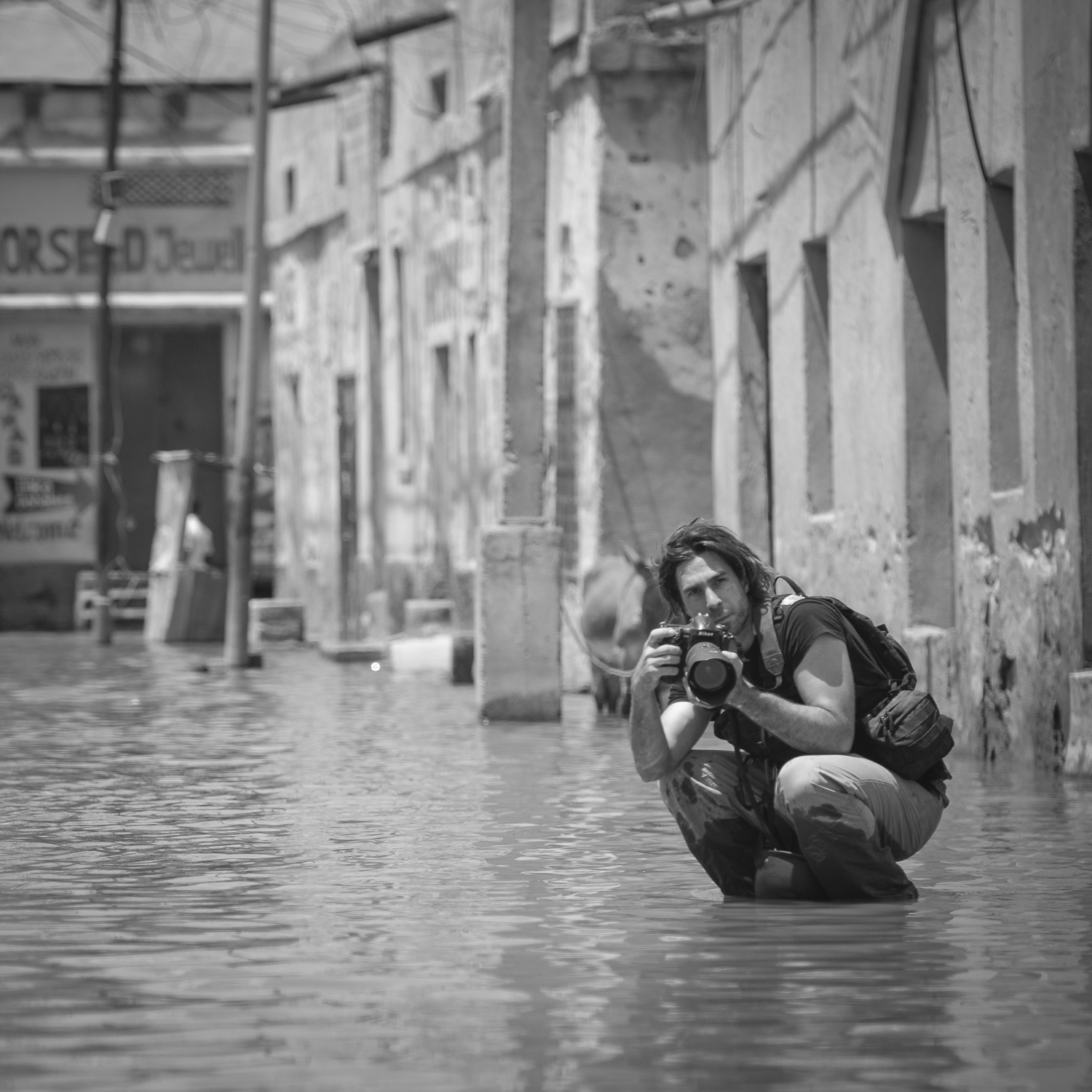FG, BastaYekfi! 15/4/2022
Depuis quelques semaines, je lis,
je regarde et j’écoute ce qui se dit dans le monde virtuel suite à « l’attaque
défensive/préventive » de la Russie contre l’est de l’Ukraine. J’aimerais
répondre à quelques perles pêchées au passage.
1
«(…) l'Ukraine moderne a été
entièrement créée par la Russie ou, pour être plus précis, par la Russie
bolchevique et communiste. Ce processus a commencé pratiquement tout de suite
après la révolution de 1917, et Lénine et ses associés l'ont fait d'une manière
extrêmement dure pour la Russie - en séparant, en coupant ce qui est
historiquement une terre russe. Personne n'a demandé aux millions de personnes
qui vivaient là ce qu'elles pensaient.» (Vladimir Vladimirovitch Poutine,
21/2/2022, intégralité
du discours ici)
Mince alors ! Moi qui
croyais que le Varègue Oleg le Sage, après avoir chassé les Khazars, avait
fondé la Rous’ de Kiev au IXème siècle ! Que celle-ci, au XIème
siècle, était le plus vaste État d’Europe. Que, après avoir passé quelques
siècles sous la férule galicienne puis polono-lituanienne et turco-tatare, l’Ukraine
est proclamée par les Cosaques avant de passer sous la domination russe, ottomane
et austro-hongroise. Et enfin, qu’à partir du milieu du XIXème
siècle, là comme ailleurs en Europe, de l’Irlande à la Serbie, une
revendication nationale ukrainienne se développe, aussi bien chez les
intellectuels « russifiés » que chez les paysans. Dans le chaos qui
suit la révolution de 1917 et la fin de la guerre, les républiques populaires
fleurissent en Ukraine. À la Conférence de la paix de Paris (1919), Polonais et
Roumains sont admis à faire valoir leurs revendications, mais pas les Ukrainiens.
Une guerre de tous contre tous éclate, entre les Blancs (tsaristes), les Rouges
(bolcheviks) et les Noirs (anarchistes de Makhno). Les Rouges l’emportent et l’Ukraine
désormais socialiste intègre l’URSS, créée en 1922. Sous Staline est pratiquée
la politique dite d’ « indigénisation », consistant donner plus
de place aux Ukrainiens « ethniques », à leur langue et à leur
culture, qui connaît un coup d’arrêt dès 1929, avec une première vague de
procès fabriqués contre des intellectuels « nationalistes »
ukrainiens. L’Ukraine a connu trois famines : en 1922, en 1937 et en 1947.
Rien de tel pour encourager les sentiments nationalistes dans un sens
anti-russe (et accessoirement anti-polonais), sans oublier bien sûr le Goulag.
Bref, pour répondre à Poutine, si
l’Ukraine a longtemps appartenu à la Russie impériale puis soviétique, elle a
autant de raisons historiques de faire valoir ses droits nationaux que l’Irlande,
l’Écosse, La Catalogne, le Groenland ou le Québec. Que ses dirigeants croient
que ces droits seraient assurés en rejoignant l’Union Européenne peut à juste
titre paraître délirant mais peut se comprendre [comprendre ne veut pas dire
approuver]. En revanche, ils semblent avoir définitivement compris qu’une
adhésion à l’OTAN signifierait la mort pure et simple de l’Ukraine. Concluons
avec cette sentence d’Ernest Renan : « L’homme
n’est esclave ni de sa race ni de sa langue, ni de sa religion, ni du cours des
fleuves, ni de la direction des chaînes de montagne. Une grande agrégation
d’hommes, saine d’esprit et chaude de cœur, crée une conscience morale qui
s’appelle une nation (…) l’existence d’une nation est un plébiscite de tous les
jours ».
2
« Mai 68 était une révolution
de couleur déclenchée par les USA pour éliminer de Gaulle, favorable à une « Europe
de l’Atlantique à l’Oural » » (Majed Nehmé, ancien rédacteur en chef
du défunt Afrique-Asie)
Mince alors ! Moi qui étais
persuadé avoir été un agent chinois, voilà que je découvre qu’en fait, je n’avais
été qu’un agent yankee. On savait déjà que la Révolution de 89 était un coup
des Juifs et des Francs-Maçons, que la Commune de Paris était un coup des
Prussiens, que la Révolution tunisienne de 2010-2011 un coup de l’OTAN/CIA pour
se débarrasser de Ben Ali qui refusait l’installation d’une base
yankee-otanesque sur son territoire, que la révolution syrienne de 2011 n’était
qu’un complot pour faire passer un gazoduc du Qatar à la Turquie. Mais ça, sur
68, c’est nouveau. Le camarade Nehmé aurait pu préciser « une révolution
orange avec l’appui de la Mafia sicilienne ». En effet, quand nous
occupions la Sorbonne, des mystérieux « Cubains » nous avaient
contactés et donné rendez-vous dans un café de la rue Soufflot. Là, ils nous
proposèrent de nous vendre des armes. Ils avaient un drôle d’accent pour des
Cubains. En fait, c’étaient de vulgaires malfrats siciliens qui cherchaient à
fourguer des flingues contre espèces sonnantes et trébuchantes. On a bien
rigolé et on leur a dit « Ciao, belli ». C’est peut-être pour ça que « notre
révolution de couleur » a échoué.














